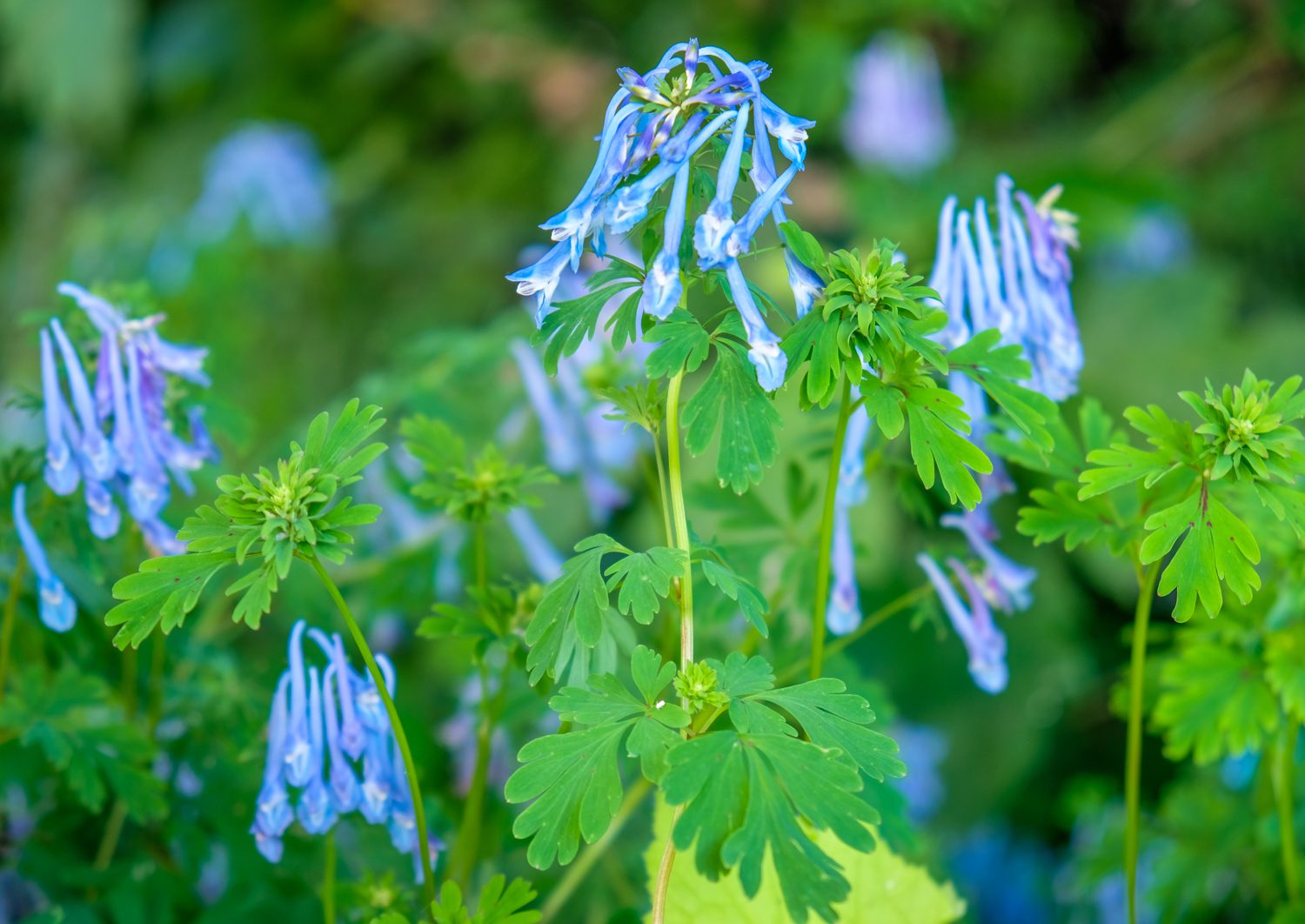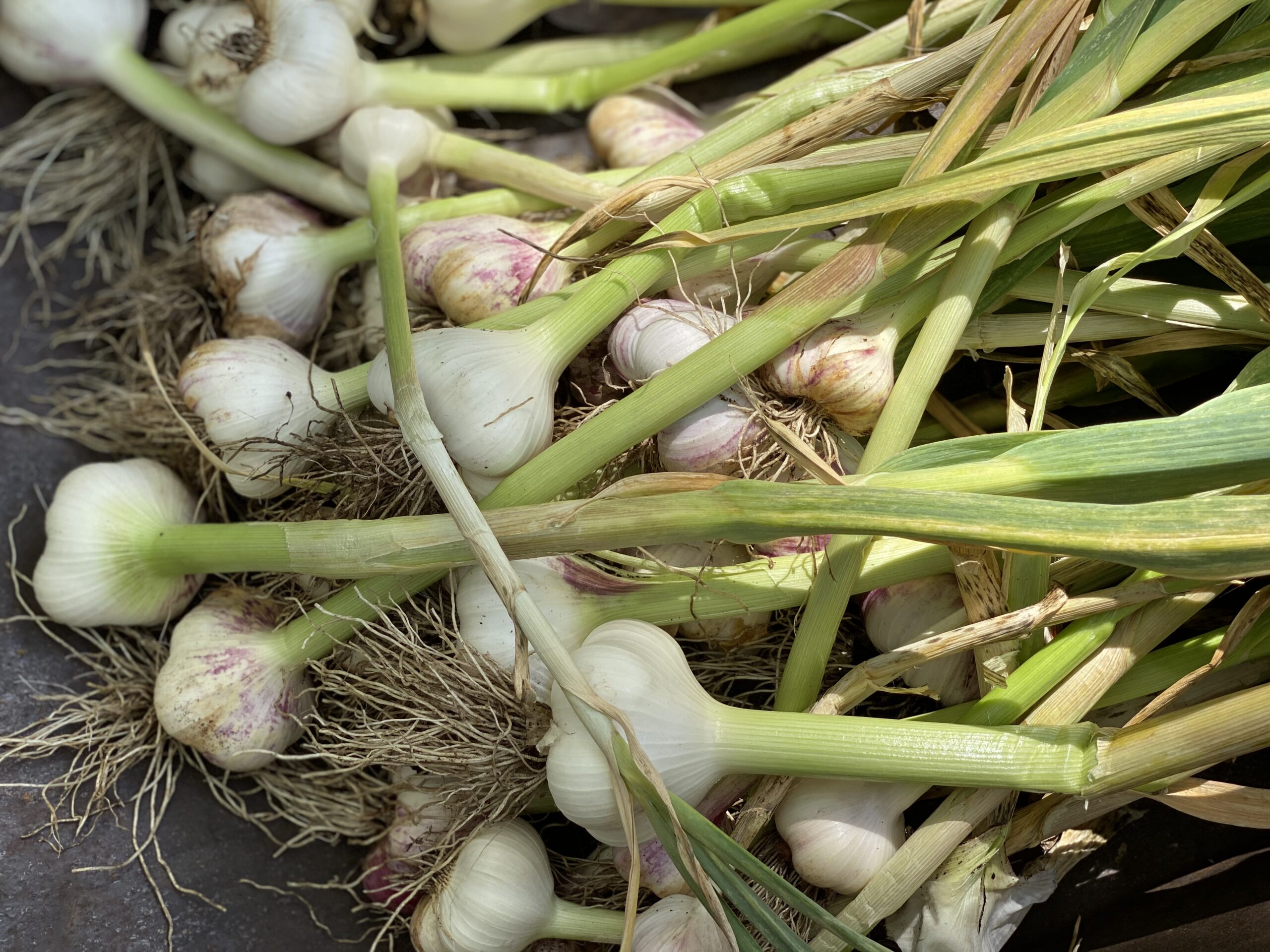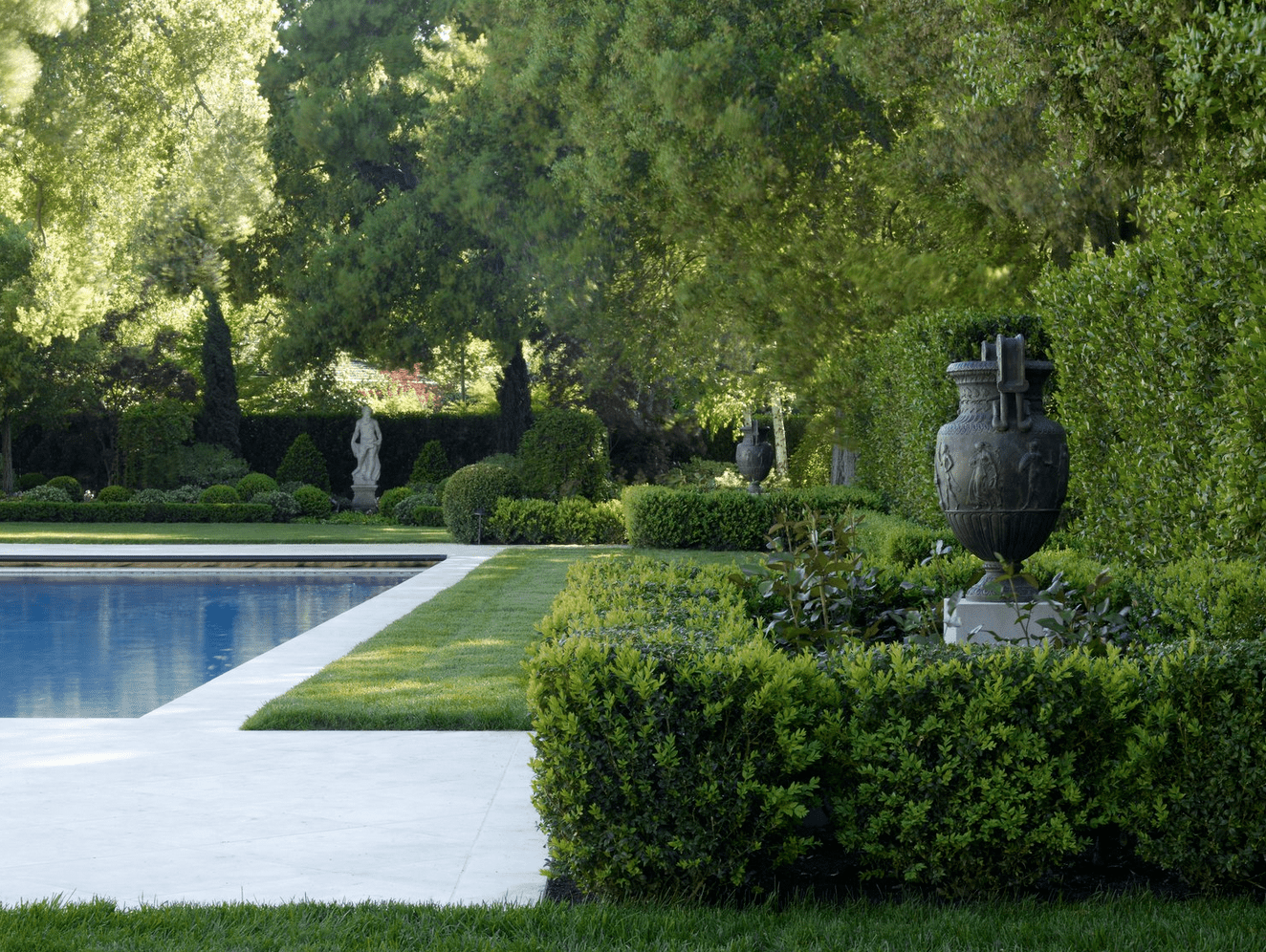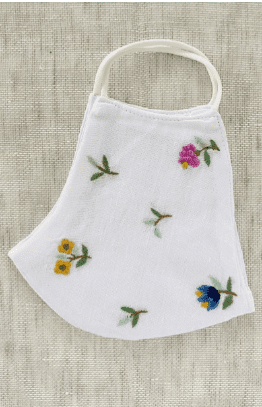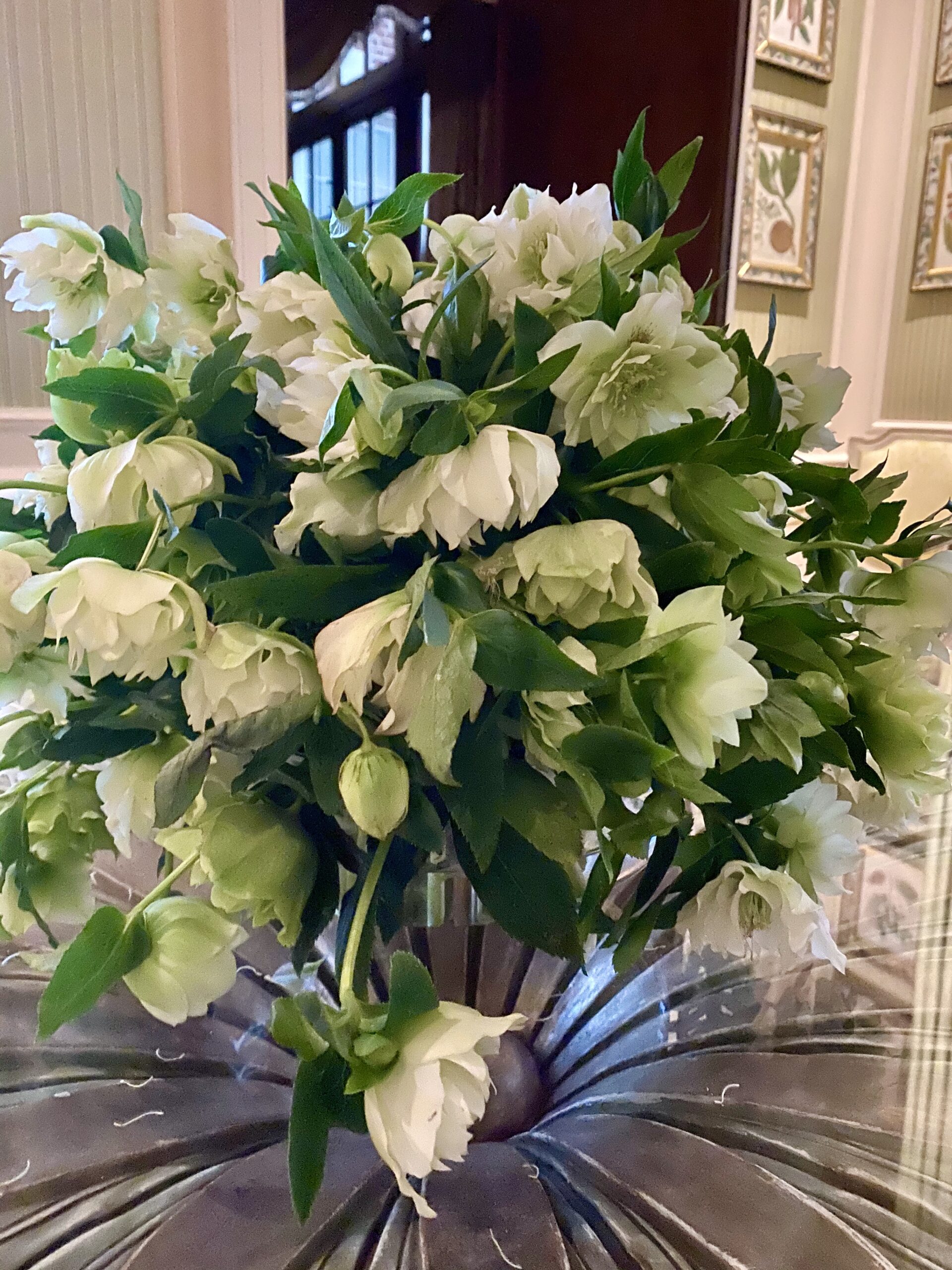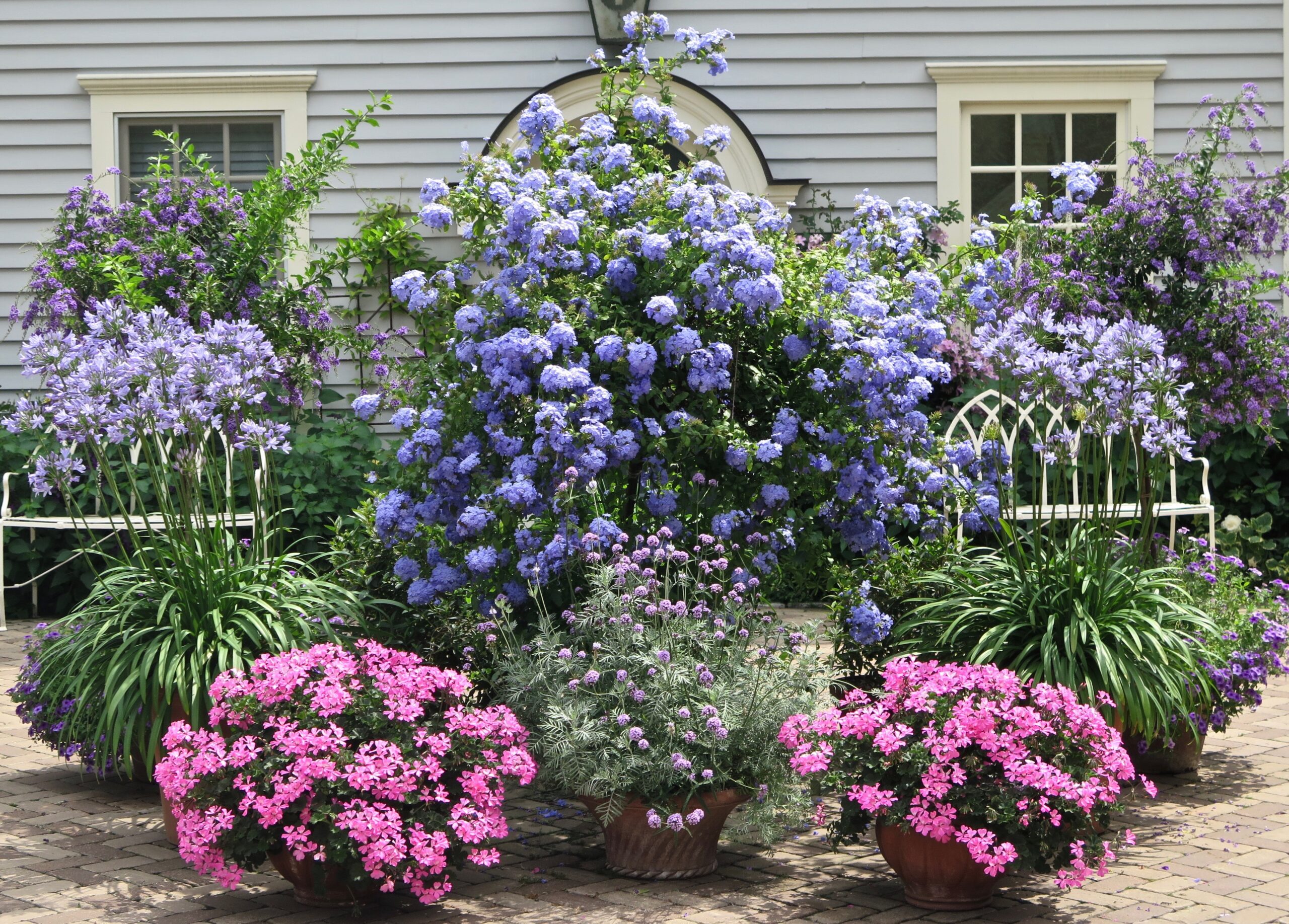I have a new favorite flower in my garden – corydalis ‘Porcelain Blue’! Roger added this blue flowering beauty to our garden in February and in May it’s still blooming, although some of the original flowers appear to be fading. The information online says that the flowers should continue to bloom all summer long until it frosts in the fall/winter, which is terrific news!
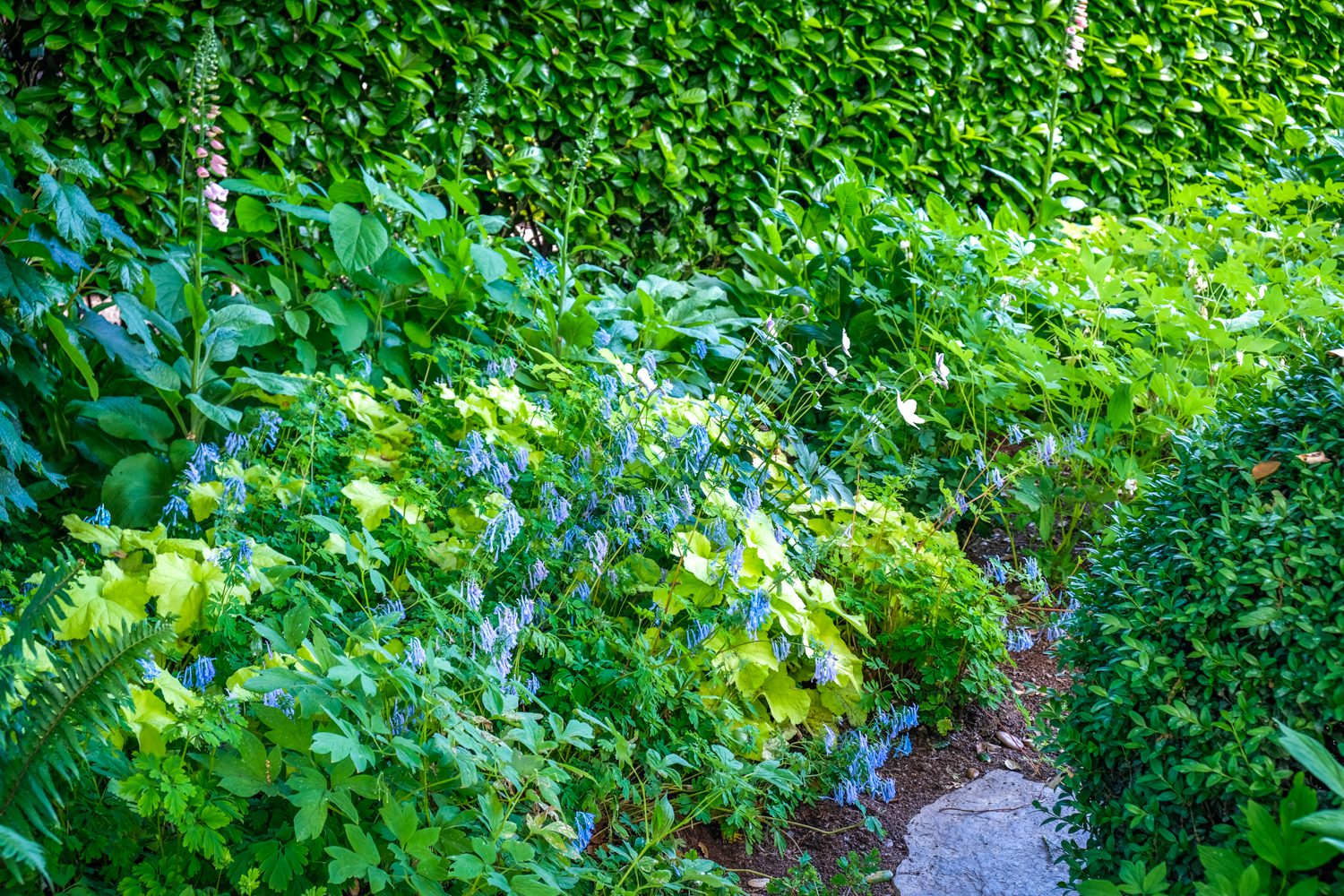

Corydalis ‘Porcelain Blue’ in Carolyn’s border
They are located in shady spots in my perennial beds alongside my Bleeding hearts (Dicentra), Coral bells (Heucera), Lady’s mantle (Achemilla mollis), Foxglove (Digitalis) and boxwood globes. They are creating mounds of delicate foliage and happy color.
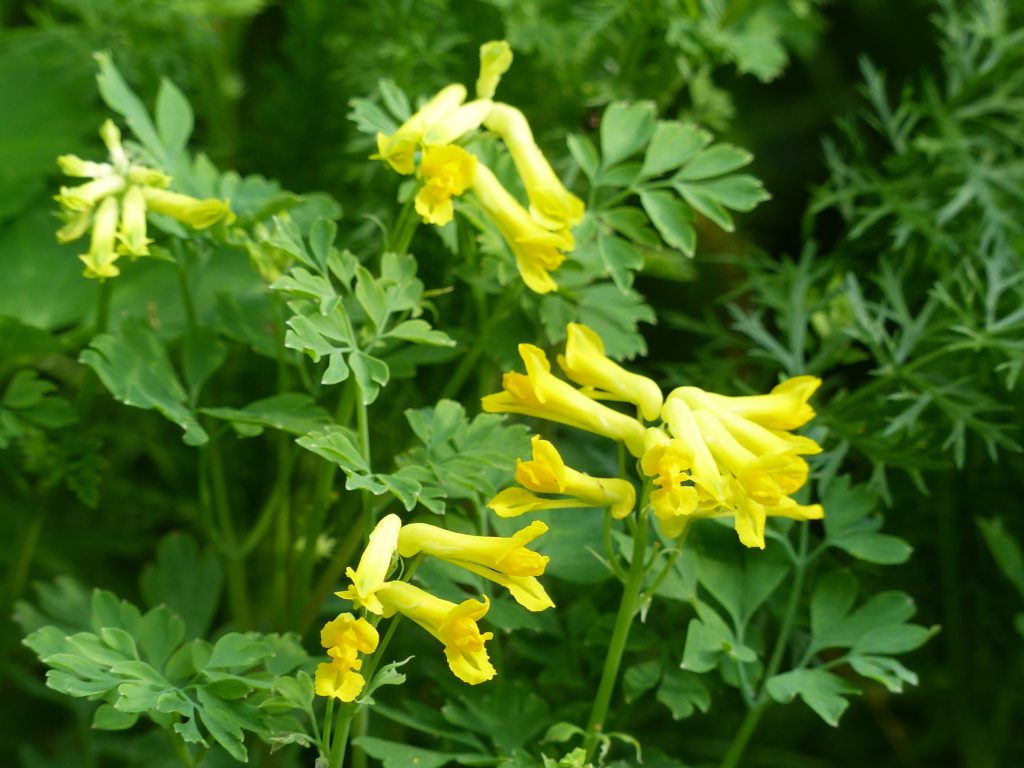

Corydalis ‘Lutea’
We have 2 additional varieties in our garden – the more common Corydalis ‘Lutea’ which is yellow and an unknown variety that appears to be producing lavender-colored flowers, which I took home with me from Quarryhill a couple of weeks ago. I’ll have to find out what it is, as I know the seed came from Asia – somewhere.
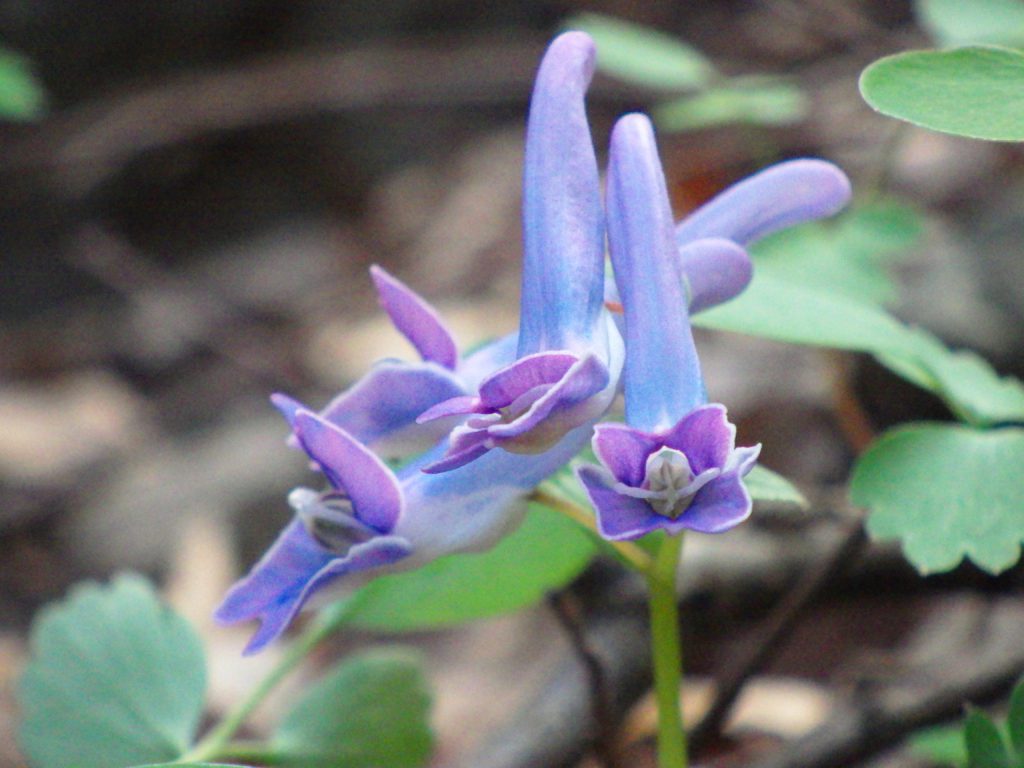

Another beautiful variety: Corydalis ‘Ambigua’
What is corydalis? Corydalis plants are close relatives of bleeding hearts. There are 470 species of corydalis in a variety of colors! The two types that you see most often in North American gardens are the blue corydalis (C. flexuosa), which is different from the variety I just put in my garden, and yellow corydalis (C. lutea).
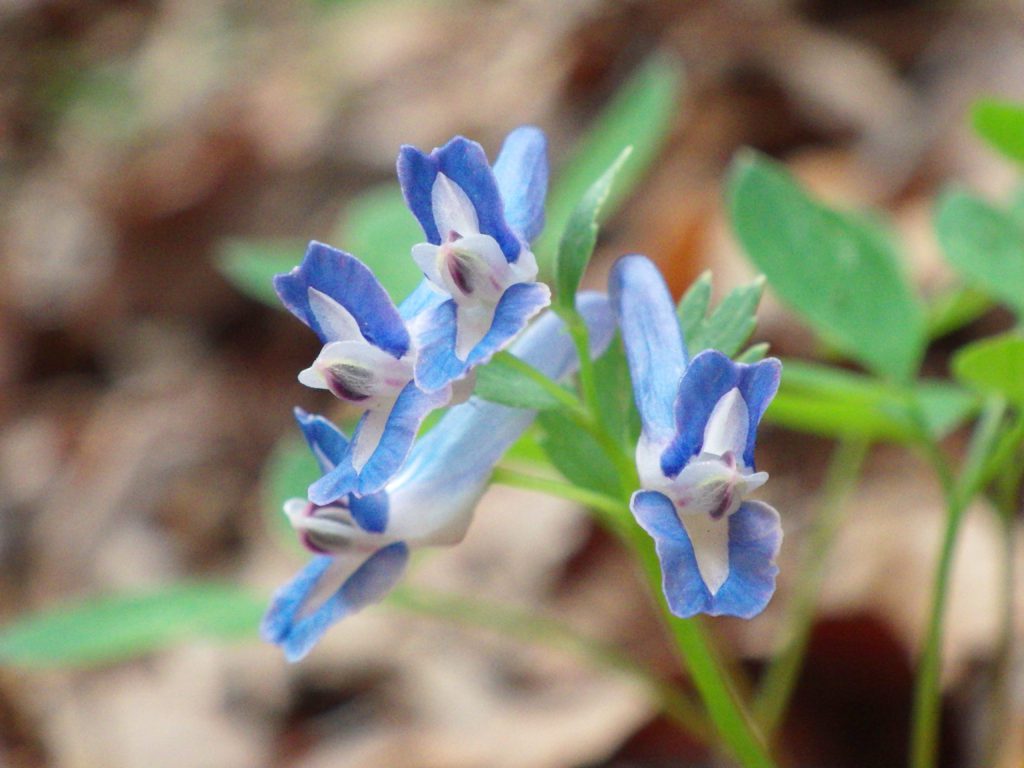

Another beautiful variety of blue Corydalis
It turns out that corydalis plants may have medicinal value as a remedy for fibromyalgia. Practitioners who are familiar with this plant say that it is the second most effective pain reliever after opium, with none of the side effects of opiates. Even Dr. Oz has recommended it for fibromyalgia! It is also possibly beneficial for several other conditions (see below from WebMD’s website). Caution: it is contraindicated for pregnant women.



